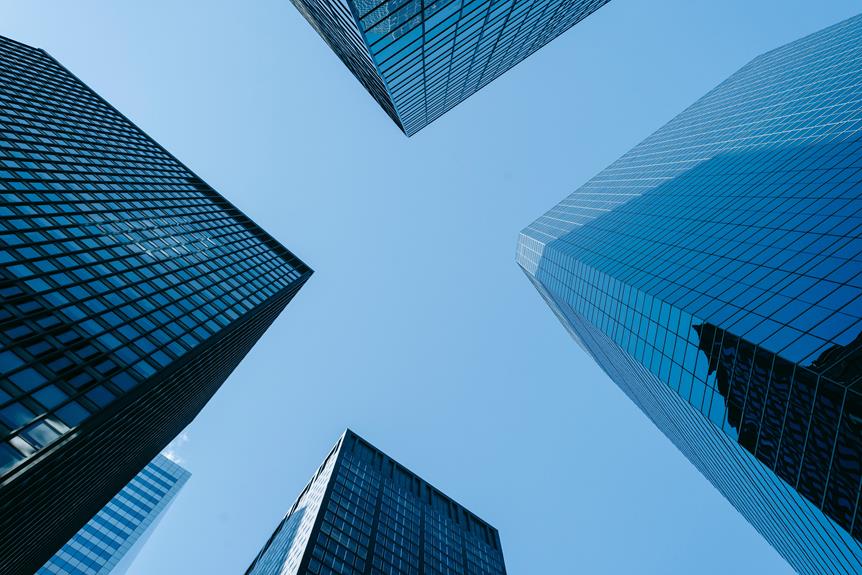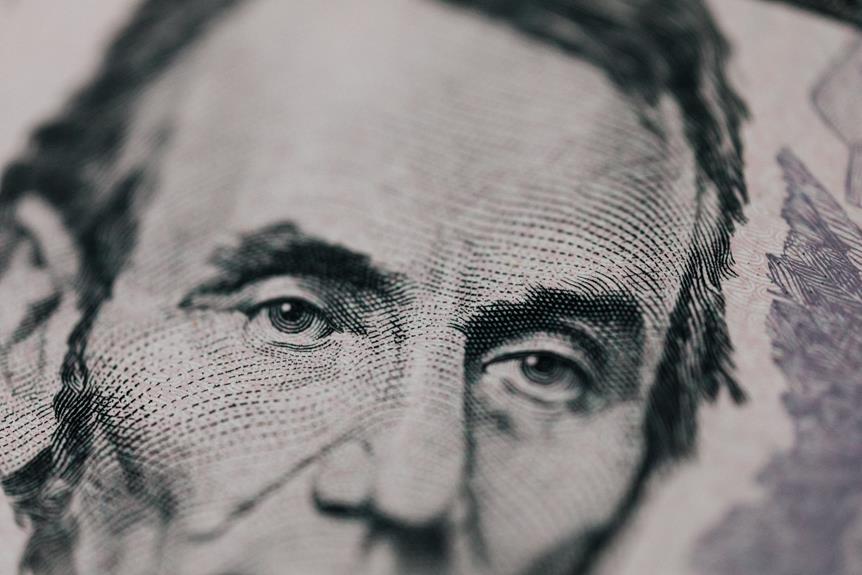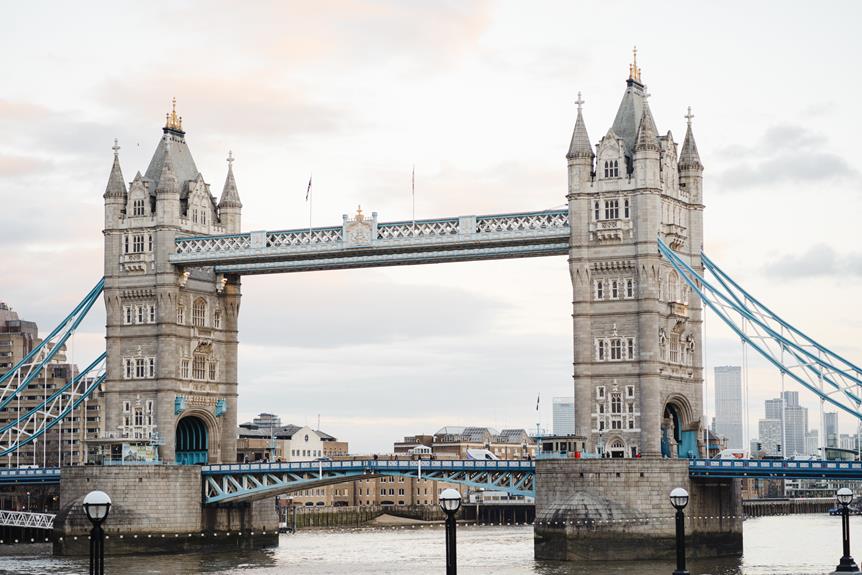Dhaka District, located in the heart of Bangladesh, stands as a testament to the fusion of culture and commerce. With its diverse geographical landscape and rich history, this district has evolved into a thriving metropolis. As we delve into the various aspects that make Dhaka District a vibrant hub, from its mesmerizing natural beauty to its historical significance, we will explore how this district has become a center of economic activity and a melting pot of cultures. Join us on this journey as we uncover the intricate tapestry that is Dhaka District, leaving you eager to discover more about its captivating allure.
Geography and Climate
Dhaka District, located in Bangladesh, boasts a diverse geography and a climate that ranges from sweltering heat to cool breezes. The district shares borders with Gazipur, Tangail, Munshiganj, Rajbari, Narayanganj, and Manikganj. It is intersected by major rivers such as Padma, Kaliganga, Dhaleshwari, Ichamati, Shitalakshya, and Buriganga. Additionally, Dhaka District is home to important lakes like Belai, Saldaher, Labandaher, Churain, Damsharan, and Kiranjir Beel. These geographical features contribute to the district's agricultural productivity and provide scenic beauty.
However, Dhaka District is not immune to the impact of climate change. Rising temperatures and changing rainfall patterns have the potential to disrupt agricultural activities and exacerbate water scarcity. The district is vulnerable to flooding due to its low-lying topography and dependence on rivers. Efforts are being made to mitigate the effects of climate change through sustainable development practices and the implementation of adaptation strategies. It is crucial to prioritize environmental conservation and resilience-building initiatives to protect Dhaka District's natural resources and ensure the well-being of its inhabitants for future generations.
History of Dhaka District
Located in Bangladesh, Dhaka District has a rich and fascinating history that spans centuries, shaping its cultural, political, and social landscape. The growth and urbanization of Dhaka can be traced back to its early settlements in the 7th century. Over the years, the district has been influenced by different dynasties, such as the Buddhist kingdom of Kamarupa, the Pala Empire, and the Hindu Sena dynasty. The city was named after the establishment of the Goddess Dhakeshwari's temple in the 12th century. In 1608, Dhaka became the capital of Bengal under Mughal rule, which further fueled its growth. Today, the echoes of these historical influences can still be seen in the vibrant streets, architectural marvels, and bustling markets of Dhaka District.
Development and Political Events
Throughout its history, Dhaka District has experienced significant development and witnessed various political events that have shaped its trajectory as a vibrant hub in Bangladesh. One of the key aspects of Dhaka's development has been its urbanization. As the capital city of Bengal under Mughal rule, Dhaka saw substantial growth and modernization efforts, including the establishment of a water supply system and electricity supply. However, political unrest has also played a role in shaping Dhaka's path. The city became the center of regional politics, marked by political strikes and violence. The language movement of 1952, demanding recognition of Bengali as a state language, resulted in protests and deaths. Demands for autonomy for the Bengali population gained momentum in subsequent years. Despite these challenges, Dhaka District has managed to thrive and become a dynamic center of culture and commerce in Bangladesh.
Demographics and Religion
The population dynamics of Dhaka District play a crucial role in its vibrant and diverse character as a hub in Bangladesh. With a population of 14,734,025 in 2022, the district has experienced significant population growth over the years. This growth is evident in the bustling urban areas, where 76.1% of the population resides. The high population density of 10,067 people per km further showcases the district's vibrancy.
One of the notable aspects of Dhaka District's demographics is its religious diversity. Islam is the largest religion in the district, followed by Hinduism, Christianity, and other faiths. This religious diversity is reflected in the presence of numerous mosques, Hindu mandirs, churches, Buddhist temples, and even a synagogue. Such diversity adds to the cultural richness of the district, creating an atmosphere of tolerance and harmony.
The population growth and religious diversity of Dhaka District contribute to its vibrant atmosphere, making it a melting pot of cultures, traditions, and beliefs. These factors make Dhaka District a unique and thriving hub of culture and commerce in Bangladesh.
Economy of Dhaka District
With its status as the commercial heart of Bangladesh, Dhaka District boasts a thriving and diverse economy that fuels the growth and prosperity of the region. The district's economy has experienced significant financial growth in recent years, with a GDP of $126 billion in 2020. This economic success can be attributed to the presence of a robust job market that offers numerous opportunities for employment. The Dhaka metropolitan area is home to a wide range of businesses and industries, employing a large number of skilled workers. The city's large middle-class population and growing market for consumer and luxury goods contribute to the overall economic vibrancy of the district. Additionally, Dhaka District is known for its bustling shopping areas, such as New Market and Dhanmondi, which further stimulate economic activity and attract tourists. Overall, the economy of Dhaka District is a key driver of the region's development and prosperity, providing ample job market opportunities and fueling financial growth.
Cultural Attractions in Dhaka
Dhaka District is home to a rich tapestry of cultural attractions that showcase the city's vibrant history and diverse heritage. Immerse yourself in the enchanting world of traditional festivals, where the streets come alive with color, music, and dance. Experience the exhilarating energy of Pohela Boishakh, the Bengali New Year celebration, as people gather in the streets wearing traditional attire, engaging in cultural performances, and indulging in delectable street food. Witness the spiritual fervor of Eid-ul-Fitr, where Muslims come together to celebrate the end of Ramadan with prayers, feasts, and joyous gatherings. Delve into the world of performing arts, where mesmerizing dance forms like the classical Kathak and the folk-inspired Baul captivate audiences with their grace and storytelling. Dhaka District offers a cultural extravaganza that will leave you spellbound and yearning for more.
Commercial Centers in Dhaka
Nestled within the bustling streets of Dhaka District, a myriad of commercial centers thrive, pulsating with economic activity and offering a diverse range of goods and services. From modern shopping malls to bustling wholesale markets, Dhaka caters to the shopping needs of its residents and visitors alike.
In Dhaka, shopping malls have become popular destinations for retail therapy and entertainment. These malls offer a one-stop shopping experience, housing a wide array of stores ranging from high-end international brands to local boutiques. Some of the prominent shopping malls in Dhaka include Jamuna Future Park, Bashundhara City, and Gulshan Pink City.
On the other hand, wholesale markets in Dhaka cater to the needs of retailers and bulk buyers. These markets are bustling with activity, with traders buying and selling goods in bulk quantities. Some of the notable wholesale markets in Dhaka include Sadarghat Wholesale Market, Bongshal Wholesale Market, and Gulistan Wholesale Market.
Whether you're looking for a shopping spree or sourcing goods in bulk, Dhaka's commercial centers have got you covered.
Infrastructure and Modernization
The rapid development of Dhaka District's infrastructure has played a crucial role in its modernization and economic growth. The implementation of Smart City Initiatives has transformed Dhaka into a technologically advanced urban center, enhancing the quality of life for its residents. The city's transportation networks have been greatly improved, providing efficient and convenient commuting options. The construction of modern roads, bridges, and flyovers has eased traffic congestion, facilitating smooth movement of goods and people. Additionally, the introduction of advanced public transportation systems, such as metro rail and bus rapid transit, has further enhanced connectivity within the city. These infrastructure developments not only promote economic activities but also contribute to a sustainable and environmentally friendly urban environment. The ongoing efforts to modernize Dhaka's infrastructure reflect the city's commitment to creating a vibrant and livable metropolis.
Tourism in Dhaka
With its rich history, vibrant culture, and diverse attractions, Dhaka District offers a captivating experience for tourists seeking to explore the heart of Bangladesh. From ancient forts to bustling markets, there is no shortage of popular tourist destinations in Dhaka. The city's iconic landmarks include the Lalbagh Fort, a 17th-century Mughal fort with beautiful gardens and intricate architecture. The Star Mosque, adorned with stunning mosaic designs, is another must-visit site for its architectural beauty. The Ahsan Manzil Palace Museum, once the residence of the Nawabs of Dhaka, offers a glimpse into the city's royal past. Dhaka Zoo and the Botanical Gardens provide a refreshing escape into nature. The bustling shopping areas like New Market and Dhanmondi are also popular among tourists. Tourism plays a significant role in the local economy, contributing to job creation, revenue generation, and the promotion of local businesses. The influx of tourists stimulates various sectors such as hospitality, transportation, and retail, boosting economic growth and development in Dhaka District.
Future Prospects and Challenges
As Dhaka District looks to the future, there are both promising prospects and significant challenges that lie ahead. In terms of challenges in urban planning, the rapid population growth and urbanization in Dhaka pose a major obstacle. The city is already facing issues such as traffic congestion, inadequate infrastructure, and insufficient housing. Addressing these challenges will require careful planning and effective implementation of sustainable urban development strategies.
On the other hand, technological advancements in commerce offer exciting prospects for the future of Dhaka District. The increasing use of digital platforms and e-commerce has the potential to revolutionize the business landscape in the city. This can lead to the growth of new industries, job opportunities, and economic development. Embracing technological innovations and creating an enabling environment for digital entrepreneurship will be crucial for Dhaka to remain competitive and thrive in the global economy. However, it is essential to ensure equal access to technology and bridge the digital divide to avoid exacerbating existing inequalities.
Frequently Asked Questions
What Are the Major Industries and Sectors Driving the Economy of Dhaka District?
The major industries and sectors driving the economy of Dhaka District are diverse and dynamic. Economic drivers include the garment and textile industry, which is the largest contributor to Bangladesh's export earnings. Dhaka is also a thriving hub for pharmaceuticals, IT and software development, telecommunications, banking and finance, and real estate. These industrial sectors attract both domestic and international investments, fueling economic growth and creating employment opportunities. The district's strategic location, skilled workforce, and supportive government policies further contribute to its position as a vibrant economic center.
How Has the Demographic Composition of Dhaka District Changed Over the Years?
Demographic shifts in Dhaka District have been significant over the years. Rapid urbanization has led to a substantial increase in the population, with 76.1% now residing in urban areas. The district's population density stands at 10,067 people per km, reflecting the challenges of accommodating a growing population within limited space. Additionally, the literacy rate in Dhaka District is higher than the national average, indicating improved educational opportunities. These demographic changes highlight the need for effective urban planning and infrastructure development to address the demands of a rapidly expanding population.
What Are Some Popular Cultural Festivals and Events Celebrated in Dhaka?
Dhaka, the vibrant hub of culture and commerce, is renowned for its rich cultural diversity and traditional arts. The city celebrates numerous popular cultural festivals and events throughout the year, showcasing its vibrant traditions and heritage. From the grandeur of Eid-ul-Fitr and Durga Puja to the colorful Pohela Boishakh (Bengali New Year) and the joyous celebrations of Christmas, Dhaka embraces a tapestry of cultural festivities. These events provide a platform for artists and performers to showcase their talents, creating a vibrant and engaging atmosphere for residents and visitors alike.
What Are the Main Challenges and Obstacles Faced by the City in Terms of Infrastructure and Urban Development?
Challenges in urban development and infrastructure obstacles are prevalent in Dhaka. The city's rapid population growth has strained existing resources, leading to overcrowding, traffic congestion, and inadequate public transportation. Insufficient waste management systems and limited access to clean water and sanitation pose significant health risks. Additionally, outdated and insufficient infrastructure hampers economic growth and limits the city's potential. Addressing these challenges requires comprehensive planning, investment in infrastructure, and sustainable development strategies to create a livable and vibrant city for its residents and businesses.
How Has the Political Landscape of Dhaka District Evolved Since Its Establishment in 1772?
The political landscape of Dhaka District has undergone significant changes since its establishment in 1772. Over the years, the district has witnessed the rule of various dynasties and empires, such as the Hindu Sena dynasty and the Mughals. It has also experienced periods of foreign governance under Turkish, Afghan, and British rulers. The partition of Bengal in 1947 and subsequent political movements, including the language movement of 1952, have shaped the district's political trajectory. These historical events have had a profound impact on the political landscape of Dhaka District.




